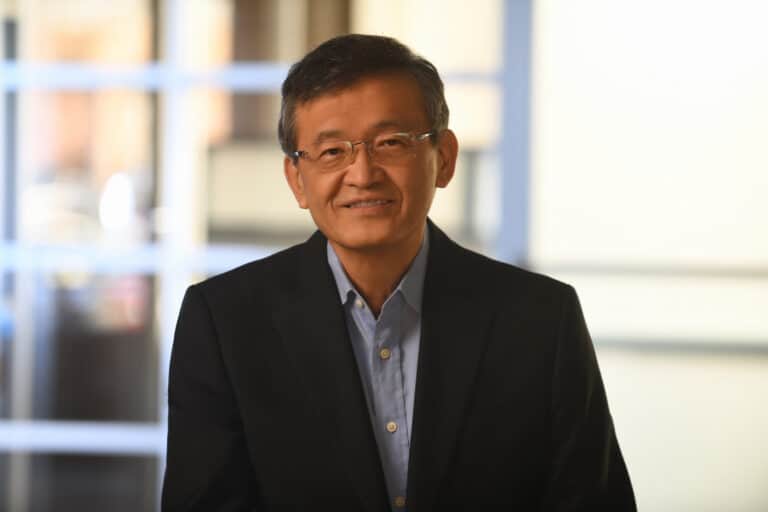Intel approached Taiwan Semiconductor Manufacturing Company to discuss potential investments and partnerships.
The Wall Street Journal reported this. According to The Register, the news is surprising, given that Intel and TSMC have considered each other partners and rivals for years.
The talks are surprising because Intel has always profiled itself as a chipmaker that both designs and manufactures. This is in contrast to many competitors who are largely dependent on external foundries. In recent years, however, the company has increasingly outsourced production to TSMC. While the Taiwanese manufacturer produces CPUs, GPUs, and network chips for Intel, among other things, Intel continues to manufacture its own Xeon processors for data centers.
At the same time, Intel tried to compete with TSMC with its own foundry division. This strategy has had little success so far. The lack of major customers and high costs are said to have contributed to the departure of former CEO Pat Gelsinger at the end of last year.
Under the leadership of Lip-Bu Tan (photo), Intel is now focusing strongly on innovating its production technology. The company has developed the 18A process, which will be used to produce the Panther Lake client chips this year and the Clearwater Forest E-core Xeons in 2026, among other things. Nevertheless, TSMC remains an essential partner for the time being. The upcoming Nova Lake processors will use both internal and external foundry capacity, and notebook chips developed by Intel in collaboration with Nvidia will also contain TSMC silicon.
TSMC remains market leader
Intel ultimately wants to reduce its dependence on TSMC and convince other chipmakers of the advantages of its future 14A process technology. Despite these ambitions, analysts believe TSMC could still consider investing in Intel. A partnership would strengthen TSMC’s image as a party that is not out to eliminate competitors, while the Taiwanese manufacturer remains the market leader regardless.
There is precedent for this type of investment. In the 1990s, Microsoft invested $150 million in Apple, which was in dire financial straits at the time. In a sense, TSMC’s investment in Intel could be a similar strategic move.
The negotiations with TSMC follow shortly after Bloomberg reported that Intel has also approached Apple for a possible investment. These moves are part of a broader strategy in which Intel has attracted several major investors in a short period of time. In August, SoftBank already invested $2 billion.
Nvidia invests $5 billion
Shortly thereafter, the US government acquired a 10 percent stake in the company for $8.9 billion as part of the CHIPS Act program. Last week, Nvidia followed with a $5 billion investment, representing a stake of approximately 4 percent.
The collaboration with Nvidia takes on added significance as both companies are working on co-design projects for future data center chips and integrated graphics solutions. This should help Intel strengthen its position in the server market, while giving Nvidia access to new segments.
Intel’s search for external support underscores the significant pressure the company is under to reassess its production strategy and market position. Although the chipmaker hopes to regain a technological edge with new processes such as 18A and 14A, the reality remains that TSMC is indispensable for a large part of its product portfolio for the time being.
